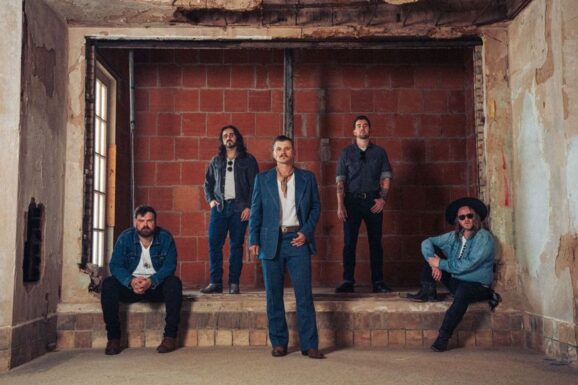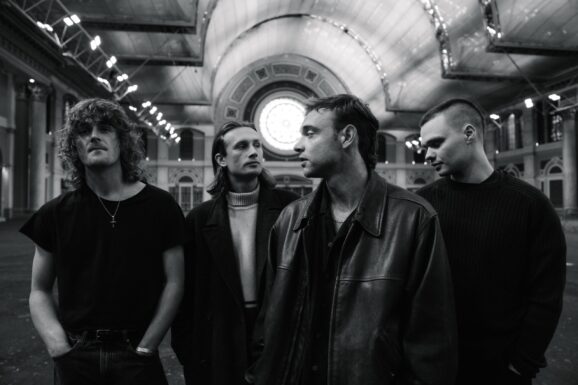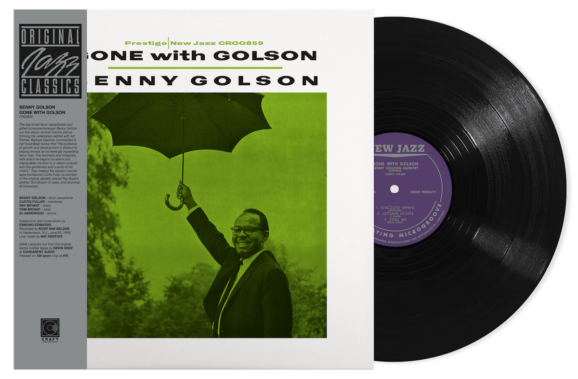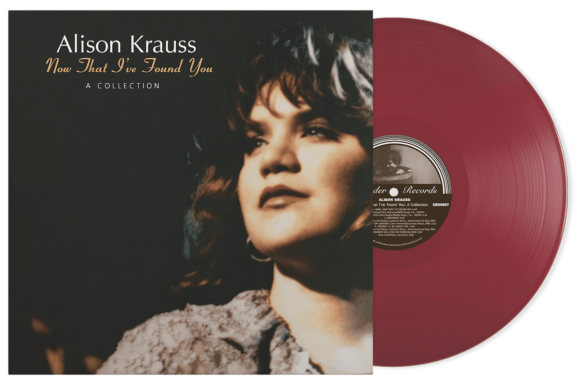The third studio album by The Allman Brothers Band following its 1989 reunion, Where It All Begins (released 5/3/94), suffers both in comparison to its predecessors, 1990’s Seven Turns and (especially) the next year’s Shades of Two Worlds, and on its own terms within the group’s overall discography.
The band had arguably peaked as a performing unit by this time–perhaps coincidental with Play All Night: Live at the Beacon Theater 1992–and some conflicting agendas, personal and professional, would seem to have disrupted the consistent flow of motivation since the regrouping five years prior.
Producer Tom Dowd’s idea of setting the band up on a soundstage at Burt Reynolds’ Florida ranch to replicate live playing was astute. Yet the attendant immediacy doesn’t quite compensate for the motley collection of songs. There is, however, some good material on the record and, not surprisingly, those exceptions bring out some exceptional performances from the septet.
The impact of the three standouts as sequenced among the ten tracks is unmistakable, but it’d be much more resounding had the triad been placed roughly at each third of the sequence, totaling fifty-five minutes plus. To that specific end, “Sailin’ ‘Cross The Devil’s Sea” would’ve made for an explosive opener, especially as it is so reminiscent of heavy riff numbers like “Every Hungry Woman” and “Black Hearted Woman” from the self-titled ABB debut album.
Harrowing guitar riffing from Dickey Betts and Warren Haynes (on slide) finds a match in Gregg Allman’s tortured vocal on a tune the singer/keyboardist co-authored with Haynes, bassist Allen Woody, and future ABB guitarist Jack Pearson (he would join the band in 1997 upon the departure of Haynes and Woody to concentrate on Gov’t Mule).
“Back Where It All Begins” is similarly familiar but, more importantly, just as cohesive. Songwriter Betts’ vocal is at once melancholy and hopeful, and the words’ depiction of some idyllic space where ‘We’ll all be singin’ and we’ll all be friends’ might be an expression of longing for band unity. Still, that bond comes to fruition in the repeated, high-flying instrumental interludes marked by bittersweet, often lilting guitar.
Cushioned by rumbling rhythms from Jaimoe and Butch Trucks, further accented by Marc Quinones’ intricate percussion (he had joined in 1991 for just that purpose), such passages hearken to Dickey instrumentals of the past such as “In Memory of Elizabeth Reed” and “Jessica;” another composition of that sort on this long-player would’ve potentially elevated it from very good to great.
Confoundingly, this outstanding latter number was rarely played by the latter-day Brothers lineups. In contrast, “No One To Run With” became a staple of the repertoire in the 2000s and rightly so: the band could build on its fundamental Bo Diddley rhythm and reach a savage intensity, perhaps as a means to exorcize the yearning for the more carefree time of its narrative.
“Soulshine” effectively interrupts the string of cuts at the heart of Where It All Begins. The overemphasis on songcraft no doubt accounts for its enduring connection with ABB and Mule audiences, yet it never sounded better than here when Allman and author Haynes traded vocals on the verses.
The modified mid-tempo shuffle that is Dickey Betts’ “Change My Way of Living” is even less imaginative musically. Still, it does give the man a chance to confess his foibles, even if a bit defensively. “All Night Train” serves the same purpose for the namesake of the band (who co-wrote it with Haynes and former ABB keyboardist Chuck Leavell), but its lyrics are far less evocative than Gregg’s “Just Ain’t Easy” from 1979’s reunion album Enlightened Rogues. Meanwhile, its chord progression is just about as anonymous as the much more uptempo (to no real purpose) “Mean Woman Blues.”
This, the only full lead vocal of Haynes’ here, plays on cliched phraseology as heavily as the stilted philosophical sentiments of “Everybody’s Got a Mountain to Climb” and “What’s Done Is Done.” It is thus hardly a surprise that neither of those performances ever take flight or that the woefully stunted “Temptation Is A Gun” unfortunately follows suit. Despite his fervent lead singing, the blues-rooted selection the younger Allman sibling wrote with two members of Journey (Jonathan Cain and Neal Schon) closes this album on a less than authoritative note.
Then again, this cover art’s borderline garish mushroom iconography smacks of an inordinately strained attempt to capture a distinctive style to which the music here ascends only occasionally. In that light, perhaps it’s no coincidence this Allman Brothers Band’s relationship with Sony/Epic Records began to sour and deteriorate dramatically over the next few years.
Besides the concert piece, Peakin’ At The Beacon, released in 2000 without the group’s prior knowledge or permission, the only further releases on the label were the 1998 Mycology anthology and a second live album of a pair titled An Evening With…. Sandwiched between the latter two, the now three-decade-old Where It All Begins would be the last such work studio effort by this band of Brothers (and Allman Bands overall: future attempts toward this end were exercises in futility).
It would be nine years until Hittin’ The Note, the only such outing by what turned out to be the final configuration of the Allman Brothers. With mostly stellar compositions enhanced by potent production, the LP deservedly added to the increasingly high-profile, late-period stature of those seminal blues-rockers, fortifying their status as progenitors of a musical genre referred to (with no little glib attitude) as ‘Southern rock.’









3 Responses
Dang, the review is pretty harsh on what is one of the Brothers best musical moments from this lineup. Seven Turns was a strong comeback, and Shades was half a great album half above-average filler (same goes for Hittin’ the Note), but Where It All Begins was this band firing on all cylinders. This lineup never sounded better or performed better on a studio album. Some of the tracks could be dismissed as inferior, though I have a soft spot for “Mountain to Climb” just for its such a dang happy groove but “Mean Woman Blues” is a total turkey. It’s definitely the most fun and meaty latter day ABB album from start to finish.
Dang, the review is pretty harsh on what is one of the Brothers best musical moments from this lineup. Seven Turns was a strong comeback, and Shades was half a great album half above-average filler (same goes for Hittin’ the Note), but Where It All Begins was this band firing on all cylinders. This lineup never sounded better or performed better on a studio album. Some of the tracks could be dismissed as inferior, though I have a soft spot for “Mountain to Climb” just for its such a dang happy groove but “Mean Woman Blues” is a total turkey. It’s definitely the most fun and meaty latter day ABB album from start to finish.
Hey Doug, go fuck yourself buddy